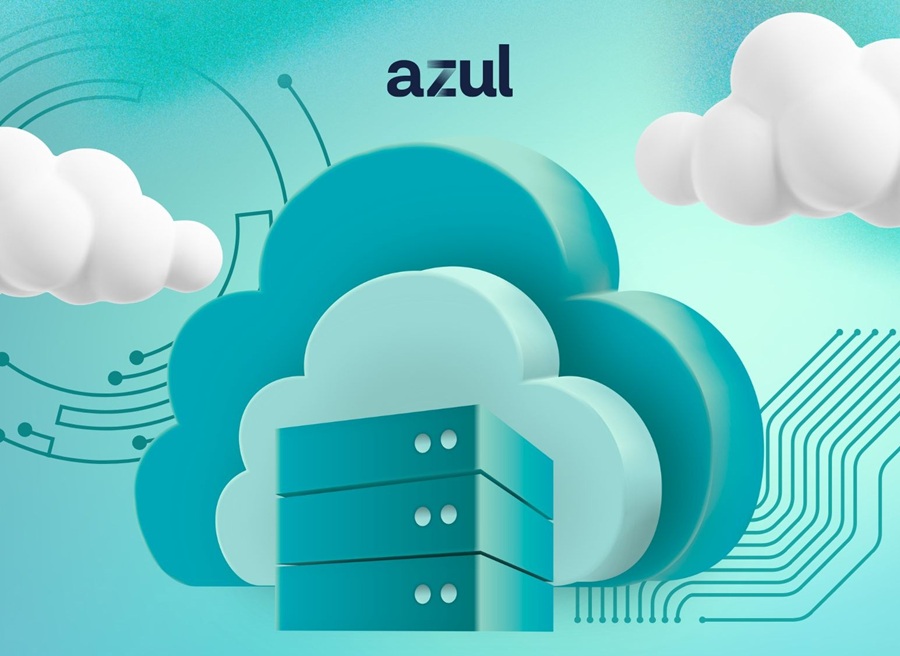
According to industry statistics, the average costs of downtime for a leading ERP system can range between $535,780 and $838,100 per hour. Put another way, almost $15,000 is lost every minute an ERP application is down. And that’s just the tip of the iceberg, because poor application performance also exposes businesses to a wide range of risks including lost competitive edge, wasted resources, tarnished brand image, reduced customer satisfaction, increased financial and legal scrutiny and non-compliance.
In essence, the health of ERP application performance is a proxy for business health, and fast, reliable applications have never been more important. However, the increased complexity within modern application delivery environments makes it very difficult to ensure strong performance. As a result, many applications supporting businesses today are running at less than optimal levels, putting expensive and highly-visible ERP investments on the line.
Business-critical ERP applications depend on a wide range of data center components working together, including databases, operating systems, servers, networks, storage, management tools and back-up software. Within this complex environment there are many potential points of failure and performance degradation. More traditional approaches to managing application performance often measure components like database efficiency, and other likely problem spots like the network. But what they don’t demonstrate is the end-to-end performance of business transactions.
So how can enterprises ensure high-performing ERP applications today? First, businesses must flip the problem diagnosis paradigm. It’s no longer sufficient to look just for opportunities to optimize different components without an understanding of how these improvements directly translate to an improved end-user experience.
Instead, businesses must proactively gain an understanding of the end-user experience; then, they can trace back to all the different elements to identify where bottlenecks are and what should be changed in order to resolve them.
This approach helps businesses be proactive in preventing end-user complaints from arriving at the help desk, when it’s likely too late and the damage may already be done.
This approach also helps organizations to pinpoint the source of existing and potential performance problems quickly. To this end, businesses must also monitor all transactions all the time.
Sampling is not sufficient because there’s no guarantee that a performance problem will occur during a sampling interval, especially in this age of mobile devices when end users are accessing applications all the time.
Second, businesses must have a consolidated view of all the variables impacting ERP application performance, from the end users’s browser, across the network, through the data center and into the integrated subsystems. This is known as having a complete view across the ERP application delivery chain, and it’s the key to having more control over it. Once a business understands the end-user experience and the complete picture supporting it, they can then more effectively identify areas for acceleration that will result in faster transactions.
No doubt, today’s complex delivery environments make it more challenging than ever to ensure strong application performance. The good news is that new approaches to application performance management (APM), including focusing on end-user transaction performance, consolidating all application delivery chain variables in a “single pane of glass” approach and monitoring all applications 24x7, can make it easier to ensure high performance, quickly and cost-effectively.
Kieran Taylor is Sr Director, Product & Solutions Marketing, APM & DevOps, CA Technologies .

